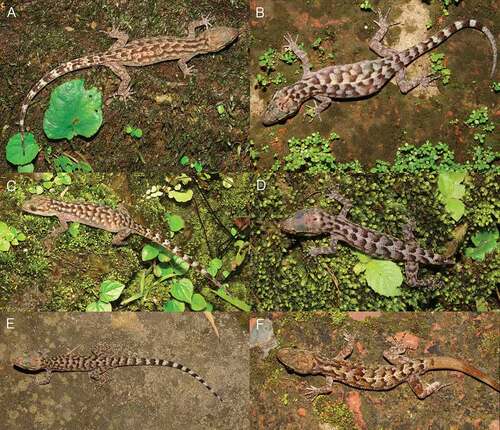Figures & data
Table 1. List of Cyrtodactylus ND2 sequences used in this study (newly generated sequence in bold)
Figure 1. Topographic map of northeast India and surrounding countries showing the type locality (red star) of Cyrtodactylus namtiram sp. nov. and all known localities for the other members of the gansi group from the following literature: Agarwal et al. (Citation2018b); Bauer (Citation2002, Citation2003); Grismer et al. (Citation2018c); Muansanga et al. (Citation2020). Circle with an x, type localities; without an x, other published localities: C. aunglini (blue), C. brevidactylus (brown), C. chrysopylos (grey), C. gansi (turquoise), C. jaintiaensis (light green), C. montanus (pink), C. nagalandensis (dark green), C. myaleiktaung (orange), Mizoram sp. (black). Country borders black; state borders brown; major rivers blue. Inset: Map of northeast India showing country borders in black, and green box representing the area depicted in the main map; abbreviations: In India, Np Nepal, Bd Bangladesh, Bt Bhutan, Cn China, Mm Myanmar, Tl Thailand, L Laos.
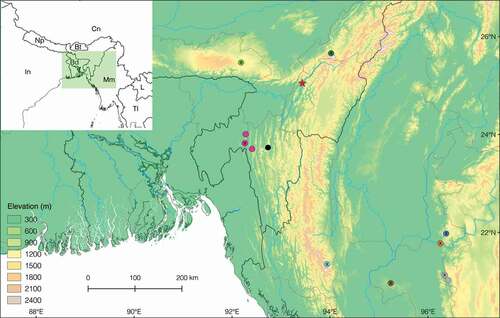
Figure 2. Maximum Likelihood phylogeny of the Indo-Burma radiation of Cyrtodactylus based on the complete ND2, tRNA-Trp, tRNA-Ala genes and partial tRNA-Asn gene alignment. Coloured portion of the tree denotes the Indo-Burma radiation, with species clades and species groups coloured as follows: outgroups (black); fasciolatus clade (light green); slowinskii clade (brown); peguensis clade comprising the gubernatoris group (light blue) and peguensis group (red); khasiensis clade comprising the arunachalensis group (pink), mombergi group (orange), khasiensis group (dark blue), and gansi group (dark green). Bootstrap support values ≥95 represented by a black spot, values <95 are given next to nodes.
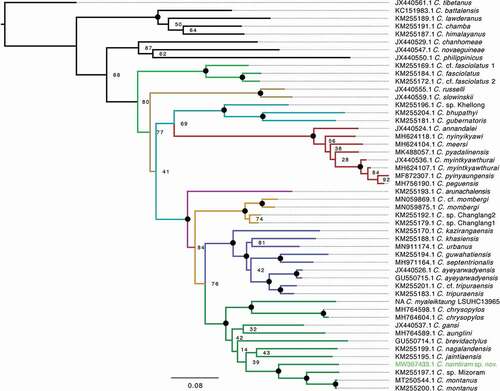
Figure 3. Cyrtodactylus namtiram sp. nov. adult male holotype (BNHS 2751) in preservation: (A). dorsal view; (B). ventral view; (C). details of dorsal pholidosis; (D). dorsal view of head; (E). ventral view of head; (F). lateral view of head. (A and B) to scale; (D–F) to scale. Scale bars = 10 mm.
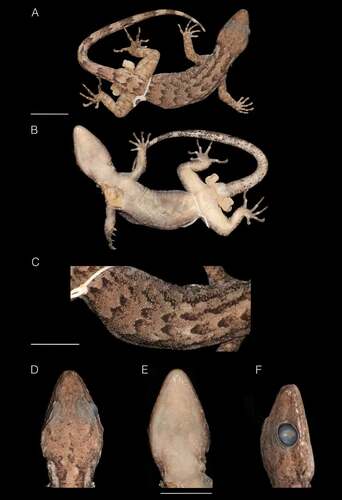
Figure 4. Cyrtodactylus namtiram sp. nov. adult male holotype (BNHS 2751) in life from Tamenglong District, Nagaland State, northeast India: (A). dorsolateral view; (B). close-up of head, left side; (C). ventral view while under anaesthesia, scale bar = 10 mm. Photos taken ex-situ. (D). habitat at the type locality.
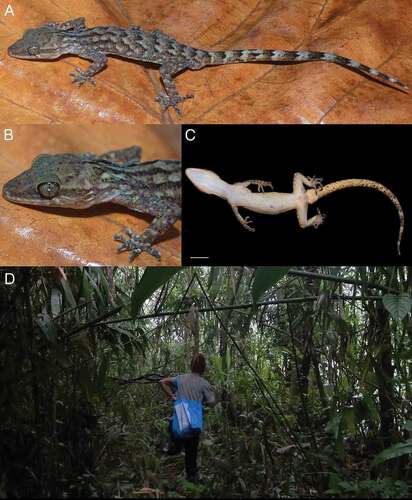
Figure 5. Cyrtodactylus montanus in life showing variation of dorsal markings and colouration. Photos taken in-situ of six different uncollected adult individuals from the Jampui Hills, North District, Tripura State, northeast India: (A). adult female from Phuldungsei Village, nearby the type locality of C. montanus; (B–f). from the vicinity of Vanghmun Village: (B and C). adult females; (D–F). adult males.
